To obtain your industrial property title, you need to file a dossier containing a set of elements describing your invention. Filing a patent application is the action of asking INPI to issue the title, based on the elements you provide. This means that your application may well be rejected.
Apply for a patent in 3 clicks
The risks of drafting and filing a patent without support
Even if you can draw inspiration from patents already granted to draft your own, drafting a patent yourself entails risks. You’ll have to deal with INPI notifications yourself. Lack of clarity, non-unity… sound familiar? However, these are objections that the Institut National de la Propriété Industrielle (INPI) can communicate to you. And they’re not uncommon at all!
Any irregularity requires your utmost attention. Without knowledge of the exact criteria required by the Examiner, you risk a long and complicated procedure. The time allocated to this administrative procedure is a resource you could be devoting to your research and development projects.
Don’t be overwhelmed by INPI notifications! Pass them on to an accredited Industrial Property Attorney.
Is rejecting my patent the riskiest alternative?
Of course, receiving notification that your patent has been rejected is not good news. Thecost of the procedure and the time allotted are simply wasted.

A patent that doesn’t quite protect you
On the other hand, obtaining a patent for an invention described in a flawed way also represents a major risk! A patent is legally binding, especially if you wish to take legal action against an infringer. The details contained in your carefully drafted claim define the scope of the protection you are seeking.
This is why not only the claim, but also the entire patent should be drafted with the help of a patent attorney.
More than a technical description, a patent defines the level of legal protection you require.
A patent granted anyway, even though it doesn’t protect you properly or is easily circumvented by your competitors, isn’t necessarily so advantageous!
Did you know? Once your patent has been filed and granted, you can no longer modify it!
Rejection of your application after patent publication
A number of steps are required before a patent can be granted, including publication of the patent application in public databases. In fact, all patents are public, and you can explore the contents of other patents in the INPI databases yourself.
The only exception to patent publication is inventions that may be of interest to national defense. When your patent application is filed, the Direction Générale de l’Armement checks whether the invention poses a risk or may be of interest to national defense, and may classify it as secret.

In all other cases, the patent application is published 18 months after filing. It is accessible to the public without restriction. So if your patent application is rejected and has already been published, the invention automatically falls into the public domain.
Not only do you not have a patent or monopoly on the invention, your competitors have access to all the information on the invention easily and free of charge, and you can’t go back!
As soon as you receive the Examiner’s opinion, if it is negative, contact an IPC for advice on how to respond to the objections. The IPC will be able to assess the chances of your patent being granted, and if not, suggest solutions to avoid the trap of combining publication of the invention with rejection of the patent.
From the very first steps when filing for a patent, the sooner you are accompanied by an accredited Industrial Property Attorney, the sooner you will have the right advice. To get in touch with a CPI, consult the directory available on the INPI and CNCPI websites, or with YesMyPatent.com. Our patent attorneys and experts in your technical field will answer your questions, draft and file your patent. We’ll support you from filing to patent grant.
